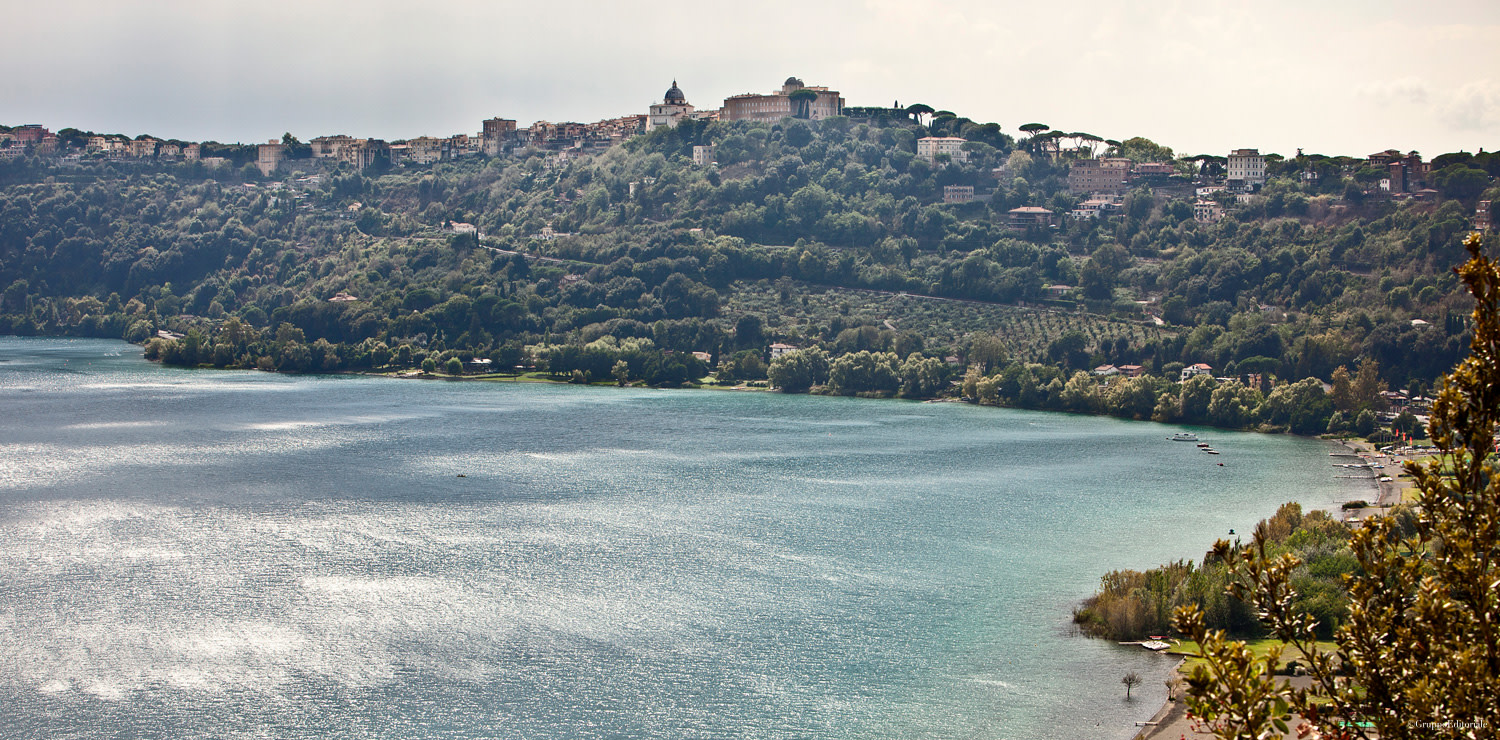The Wine Hills in Rome
Have funmthrough The route of the Castelli Romani wine road
A little more than an hour south-east of Rome, in the Castelli Romani Regional Park, is a natural oasis that’s rich in ancient history and breathtaking views of the surrounding valleys and lakes of Albano and Nemi. The hills are called “Castelli Romani” because popes and Rome’s noble families once owned fortresses and villas here, many of which can still be visited today, including Palazzo Chigi in Ariccia and Villa Aldobrandini in Frascati. There are 14 “historic” municipalities in Colli, some of which are part of the “Borghi più belli d’Italia” circuit and renowned for their archaeological, natural and artistic beauty. They amaze year-round with food and wine events and festivals that celebrate local products and include BorgoDiVino, Fiera dei Sapori, Calici di Stelle and the Castelli Romani Wine Trail. From here, you can embark on interesting wine trails to discover the ancient flavours of Lazio’s rural tradition, ancient cellars and excellent wines. In fact, this area is responsible for the largest production of quality wine in Lazio and a local cuisine that includes four Protected Geographical Indication (PGI) products, eight Protected Designation of Origin (PDO) products and fourteen Prodotto agroalimentare tradizionale (PAT) products. For those who love good wine and authentic Lazio cuisine, a trip outside the city to discover the Roman “fraschette” is a must. Born inside cool and damp cellars and characterized by their wine barrel decor, these kitchen-less spaces are the place to drink vintage wine, perhaps accompanied by Roman porchetta and fresh bread in what remains a very lively local tradition. It is said that these refreshment points already existed in Ancient Rome, accommodating the peasants who travelled from the countryside to the capital, where they sold their products. From the Middle Ages, a frasca or a twig laden with grape leaves, olive leaves or laurel hung outside these places to indicate their presence to passers-by. Over time, the fraschette have become true gourmet spots, a synthesis between the spartan trattorias and gourmet delis, where the owner, called a fraschettaro, offers “unbottled” new wine with specialties from the area, mainly cured meats, cheeses and some first and main courses from Rome’s peasant cuisine. Traditionally white wine was ordered in jugs of two, one or a half litre known in the Roman dialect respectively as Barzilai, Tubbo or Fojetta. You could also order a Romanella, a slightly sparkling red wine. Already known for its multi-millennial porchetta that dates back to pre-Roman times and holds PDO status, Ariccia is the epicentre of the fraschette. We also recommend Da i Fratelli Fraschetta (Via dell’Uccelliera) and Osteria l’Aricciarola (Via Borgo S. Rocco). In Frascati, so called because its inhabitants were forced to take refuge in houses made of branches (or fraschi) after the destruction of Tusculum, are other must-see fraschette. We recommend the more rustic and less touristy ones that are popular with the locals like Forno Ceralli in Piazza Bambocci, which was founded as a bakery in 1920. Among the traditional dishes on offer are cicerchia (grass pea soup) with homemade tajolini (tagliolini pasta), broccoli and sausages, fegatelli (pork liver meatballs), pajata (intestines of an unweaned calf), wild boar and to finish, pupazza de mèle (biscuits shaped like a woman with three breasts) and the doughnuts with grape must.
These places have witnessed a wine history that is thousands of years old. For centuries, the locals have handed down their secrets for cultivation and wine making techniques. The local white wine was acclaimed by famous writers in the Imperial Age and was particularly appreciated in the patrician cafeterias. However some believe “the golden wine” was drunk even earlier by the Latin community, founder of Albalonga, to celebrate Giove Latiaris.
Along the western slope of the Alban Hills are vineyards and rows of mainly white grapes, while in the tract that goes down towards the sea, reds are preferred. The volcanic soil give this wine a great minerality, fragrance and aroma, making it versatile and suited to every meal. Among the Denomination of Controlled and Guaranteed Origin (DOCG) wines, we recommend the Cannellino di Frascati white and Frascati Superiore from Casale Marchese and the Cesanese del Piglio red from Abbia Nòva. Among the Denomination of Controlled Origin (DOC) wines the Silene Olevano Romano red from Damiano Ciolli and the organic Gallieno Malvasia Putinata from the Riserva della Cascina. The whites are essentially dry and fresh wines with a straw-yellow to pale straw-yellow colour, a fine and delicate aroma and floral notes. The reds are dry, with a good structure, a more or less intense ruby red colour with garnet and violet reflections and fruity aroma. In addition to wine, the water is also good. In Genzano’s main square, you can drink a unique water called “magnesiaca,” which flows from the fountain of San Sebastiano and is used in Italy’s only PGI bread.
The trip outside the city can end at sunset with a digestive walk to one of the many viewpoints looking out onto the lights of Rome.









